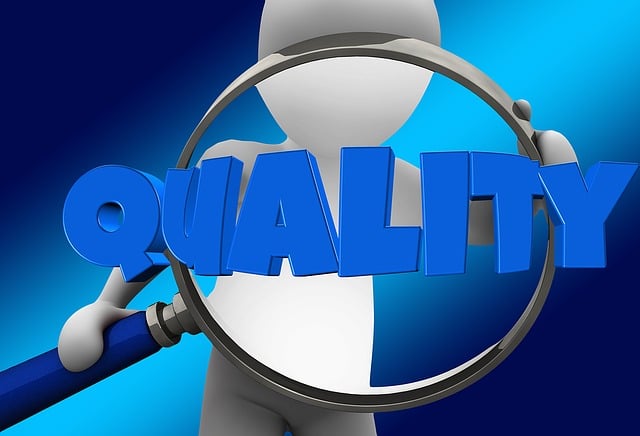Selling a house with mold presents unique challenges due to its impact on materials, aesthetics, and buyer perception. Mold thrives in damp conditions, causing discoloration, deformities, and odors over time. Professional remediation involves assessment, containment, decontamination, and restoration to ensure long-term property stability and enhance selling prices. Transparency about past issues is crucial for rebuilding trust with buyers and mitigating the financial impact of mold on resale value. Effective communication and detailed documentation can turn previous mold problems into advantages during the selling process.
When it comes to selling a house with mold, understanding its past impact on property value is crucial. This comprehensive guide explores the multifaceted effects of mold remediation, from immediate consequences like decreased resale value to long-term implications that can reshape the market potential. We’ll delve into the mold remediation process, its effectiveness, and practical strategies for navigating the sale of a home with a history of mold, offering valuable insights from both the seller’s and buyer’s perspectives.
- Understanding Mold: The Basics and Its Impact on Properties
- Mold Remediation: A Comprehensive Process and Its Effectiveness
- The Short-Term Effects of Mold on Property Value
- Long-Term Implications: How Past Mold Issues Reshape Resale Potential
- Strategies for Selling a House with Mold History: A Buyer's Perspective
Understanding Mold: The Basics and Its Impact on Properties

Mold is a natural part of the environment, but it can become a significant problem for homeowners, especially when it goes unnoticed and untreated. Understanding mold’s basics is essential when considering selling a house with mold or evaluating its impact on property value. Mold refers to fungi that thrive in damp and humid conditions, feasting on organic materials like wood, drywall, and insulation. Over time, it can cause visible discoloration, deformities, and even strong odors.
The presence of mold can be particularly concerning for potential buyers since it indicates a history of water damage or poor ventilation—issues that may compromise the structural integrity of a property. Extensive mold growth can lead to health problems for occupants, including respiratory issues and allergic reactions. Therefore, buyers will often scrutinize homes with a moldy past during inspections, which could lower the asking price or prolong the selling process if not addressed properly.
Mold Remediation: A Comprehensive Process and Its Effectiveness

Mold remediation is a complex process designed to identify, contain, and eliminate mold growth in affected areas. It involves several steps, from initial assessment and testing to containment, decontamination, and restoration. Professionals use advanced equipment and specialized products to ensure that all visible and hidden mold is removed safely and effectively. This comprehensive approach is crucial when selling a house with mold, as it addresses both immediate concerns for occupant health and long-term stability of the property.
The effectiveness of mold remediation lies in its ability to restore the affected areas to a safe and healthy condition. Proper remediation not only eliminates existing mold but also prevents future growth by addressing underlying moisture issues. This is particularly important for property value, as well-documented and successful mold remediation can reassure potential buyers about the integrity of the home. In contrast, unsightly or undetected mold can significantly decrease selling prices, as it raises concerns about both health hazards and structural damage.
The Short-Term Effects of Mold on Property Value

When it comes to selling a house with mold, the short-term effects can be significant. Mold growth, especially in visible areas like walls or ceilings, can deter potential buyers who often associate such issues with poor maintenance or even health hazards. This immediate impact may result in longer days on the market and potentially lower offers, as buyers might worry about hidden mold or future remediation costs.
The presence of mold also raises questions about the property’s overall health and longevity, leading to a general perception of reduced value. Even if a seller addresses the mold issue, previous instances of growth could leave lasting impressions on prospective buyers, making it challenging to recover the full market value of the property.
Long-Term Implications: How Past Mold Issues Reshape Resale Potential

Selling a house with mold can have significant long-term implications for property value and resale potential. Once mold takes hold, it leaves a lasting impact on a home’s condition. Even after successful remediation, potential buyers may still view the property with caution, fearing hidden remnants or future mold growth. This perception can lead to lower offers or longer days on the market, affecting overall sales price.
The extent of these implications depends on several factors: the severity and type of mold, the effectiveness of initial remediation efforts, and how transparently the previous issues have been addressed. Proper documentation and disclosure of past mold problems are crucial for rebuilding trust with potential buyers. Effective communication can mitigate concerns, ensuring a smoother selling process and potentially minimizing the financial impact of past mold issues when selling a house.
Strategies for Selling a House with Mold History: A Buyer's Perspective

When considering buying a home, potential buyers often scrutinize the property’s history, especially if it has a past with mold remediation. It’s essential to understand that while mold can be a concern, effectively addressing and documenting the issue is key to mitigating its impact on the property value. A well-disclosed and successfully remedied mold problem can actually work in your favor as a seller.
From a buyer’s perspective, transparency is crucial. Provide detailed information about when and how the mold was identified and remediated. Include any professional assessments or reports that highlight the extent of the issue and the steps taken to resolve it. Showing thorough documentation builds trust and assures potential buyers that the property is safe and valuable, despite its previous mold-related history.














